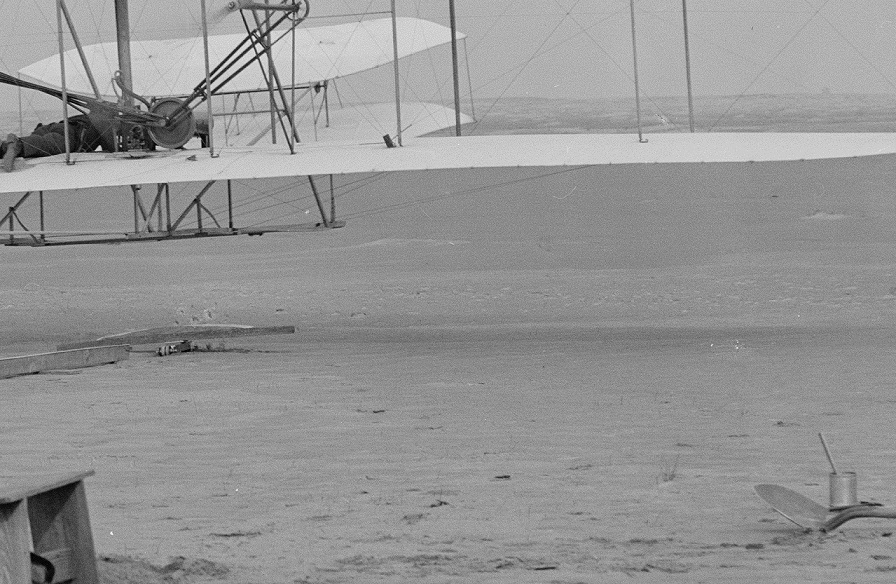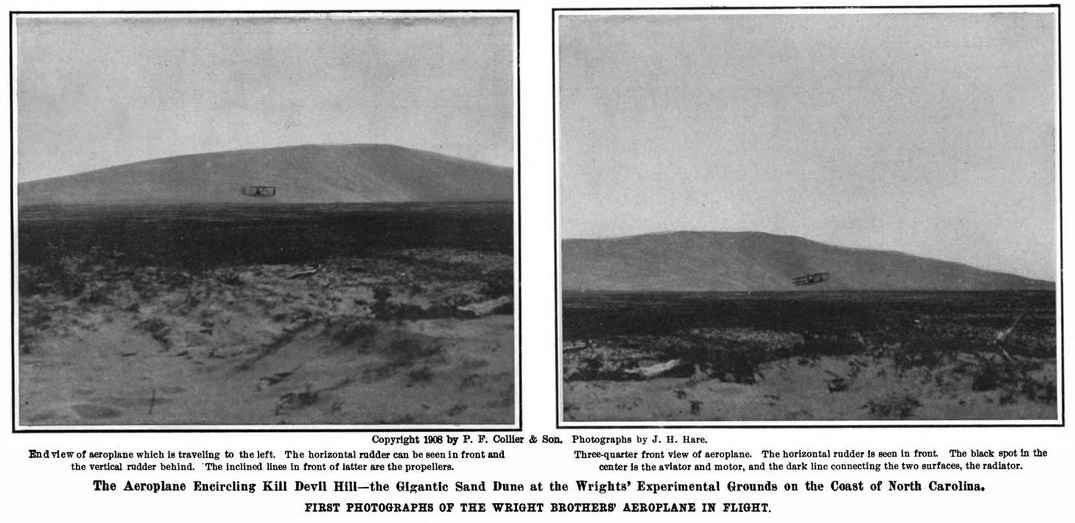The Wright brothers do not have a patent for a plane but for a glider, a flying machine with a dynamic different from that of a powered airplane.
The glider brevet published on May 22, 1906 is about controlling an unpowered biplane which worked in practice and could be flown without difficulty.
However, just because one has a patent for governing a glider it does not automatically mean his glider will be stable and controllable if equipped with an engine and propellers, even if they are of negligible mass.
For a glider you have: G (does not produce rotations) and Aerodynamic Forces (produce rotations).
For a plane: G (does not produce rotations), Aerodynamic Forces (produce rotations) and Thrust (produces rotations).
In the case of the plane the pilot has to struggle to control the unwanted rotations induced by the aerodynamic forces and also those generated by thrust (propellers). The patent the Wright brothers have does not show how the thrust induced unwanted rotations could be effectively controlled.
The misconception about the equivalence between the stability of a glider and that of a plane was noticed by people involved in the project "Wright Experience":
"
Once they had mastered aircraft control, the Wright brothers believed that propelling one would be a minor challenge, a mere matter of attaching an engine and screws to a winged machine. By December 1902, their main concern in progressing to powered flight was the weight penalty of the propulsion system. They believed that they could purchase a light gasoline engine and then apply the principles of ship propeller design to the design of airplane propellers."
Source: (
How two brothers from Dayton added a new twist to airplane propulsion, The Wright Experience; By Robert L. Ash, Colin P. Britcher, and Kenneth W. Hyde,
Mechanical Engineering "100 Years of Flight" supplement, Dec. 2003 -- "Prop-Wrights," Feature Article )




